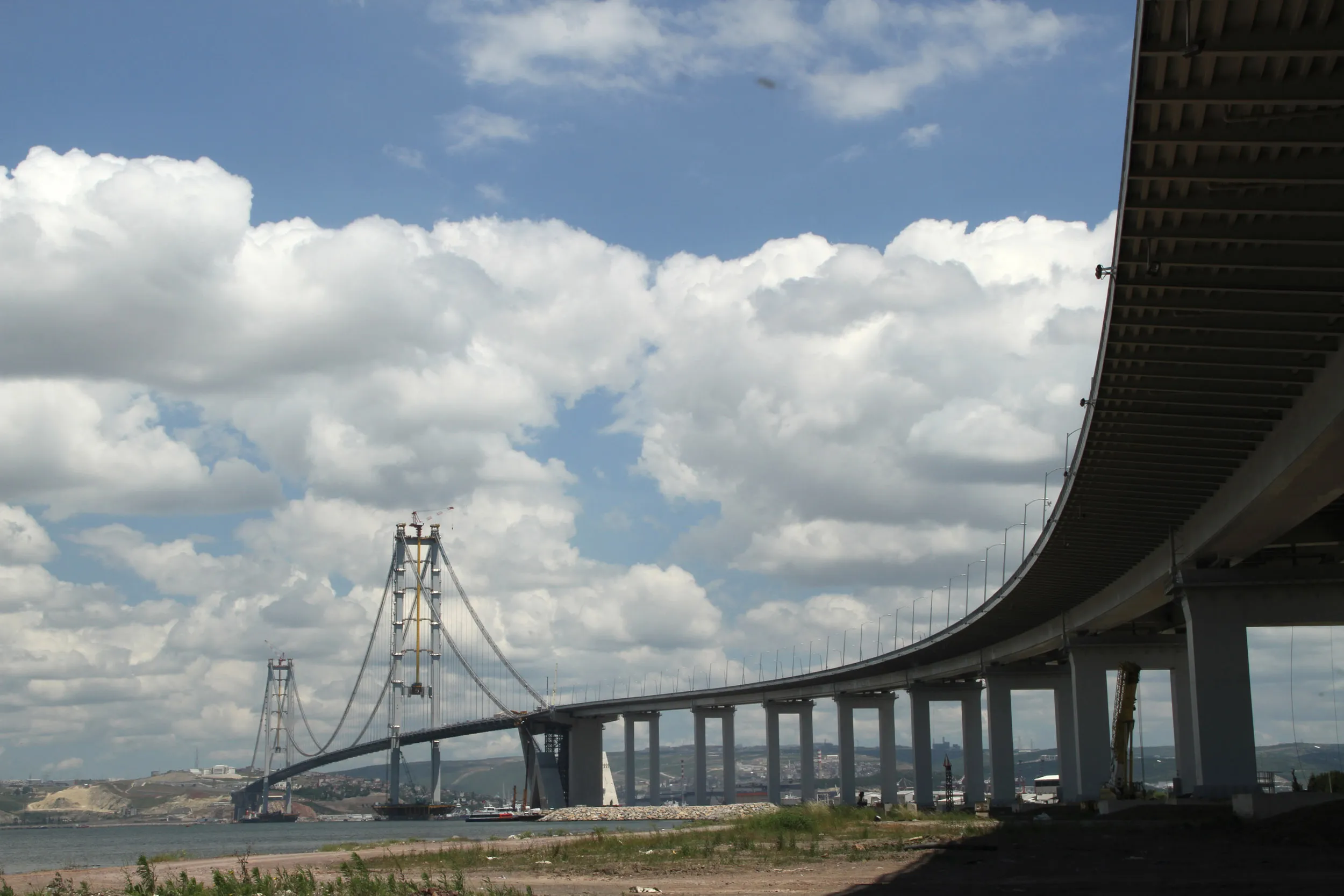An engineering "first" means that rehabilitation work on a vital Scottish bridge built over 40 years ago can be carried out smoothly A new report to the Forth Estuary Transport Authority (FETA) in Scotland recommends appointing Balfour Beatty Civil Engineering of Edinburgh as 'preferred bidder' to carry out the scheduled replacement of the bridge's main expansion joints in 2009. However, the report to the bridge authority says the tender price of £13.7 million (US$21.3 million) is some £5 million ($7.8 mill
July 17, 2012
Read time: 4 mins
An engineering "first" means that rehabilitation work on a vital Scottish bridge built over 40 years ago can be carried out smoothly
A new report to theHowever, the report to the bridge authority says the tender price of £13.7 million (US$21.3 million) is some £5 million ($7.8 million) higher than had been budgeted for, so cost savings or reallocation of funding will be required before the contract can be awarded.
Chief Engineer and Bridgemaster Barry Colford said: "We engaged an experienced firm of consulting engineers to estimate the cost of this job, but the disparity between their estimate and the actual bids demonstrates just how unpredictable the costs of carrying out maintenance works on large bridges without major disruption to traffic can be.
"This job in particular is unique so there's very little to compare it to. The joints we are replacing are the oldest and largest of their kind in Europe and to keep the traffic flowing during the works we have come up with an engineering solution that is a first for a major suspension bridge." When opened in 1964, the bridge (2.5km with approach viaducts) was the longest suspension bridge outside the USA, but now its traffic loading is much higher than predicted.
The main expansion joints on the bridge (which spans the Firth of Forth connecting the capital Edinburgh with North Queensferry, Fife) allow the suspended roadway to expand and contract, and have already exceeded their expected service life.
The work is due to be carried out in two phases of ten weeks in Autumn 2009 and early 2010. In order to minimise disruption to traffic, engineers plan to construct temporary mini-bridges on the surface of the bridge to lift traffic up and over the work areas while replacement is carried out. This would mean that two lanes in each direction remained open, although closures will be required to construct and dismantle the temporary bridges.
The custom-built temporary bridges will be significant structures in their own right, measuring at least 80m long and over 2m high. They will be positioned under each of the bridge's main towers.
An economic survey estimated that lane closures on the bridge cost around £650,000 (E796,000)/day in terms of user delays, so the temporary bridges, estimated to cost around £6 million ($1 million), make economic sense in the context of a 20-week project.
Dehumidification project The dehumidification project to fight corrosion in the bridge's main suspension cables has made significant progress, despite delays caused by poor weather over the summer.
A report to FETA states that the majority of work on the west cable above the roadway has been completed and work is now progressing on the east cable and the sections underneath the bridge. All of the required power cables and all three dehumidification plants are now in place.
The dehumidification plants will blow very dry air into the cables once they have been wrapped in an airtight neoprene sheath, with the aim of reducing the moisture content within the cables to the point where corrosion cannot occur.
It had originally been expected that the project would result in significant disruption to traffic, but a specially designed access platform that can travel independently up and down the cables meant no lane closures were required.
A 320m trial section of the dehumidification system has been up and running since March this year. The report states that early results are encouraging, but it will not be possible to confirm the overall success of the project until the cables are opened up and re-inspected in 2011/12.
The works were originally due to be finished by October 2009. However, an unusually rainy summer has hindered progress and FETA and contractor are now looking into ways of making up the lost time.
Colford said: "As we all know it's been a particularly wet summer, even by Scottish standards. The whole point of the dehumidification project is to seal the moisture out of the cables, so rain inevitably slows progress.
"Nevertheless, everyone involved has worked incredibly hard and the project has passed some significant milestones. We'll continue to do everything in our power to achieve a successful outcome."







